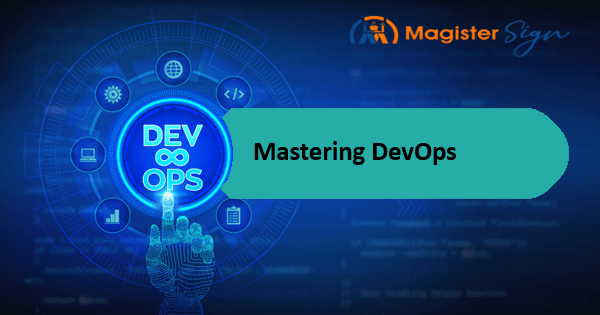Introduction:
In today’s dynamic and fast-paced software development landscape, DevOps has emerged as a transformative approach, fostering collaboration between development and operations teams. By embracing key best practices, organizations can achieve faster delivery, increased efficiency, and enhanced product quality.
1. Collaborative Culture:
- Foster a culture of collaboration and communication between development, operations, and other stakeholders.
- Encourage shared responsibilities and goals among teams.
2. Automation:
- Automate repetitive and error-prone tasks, including build, test, and deployment processes.
- Implement Infrastructure as Code (IaC) for automating infrastructure provisioning.
3. Continuous Integration (CI):
- Integrate code changes frequently to identify and fix issues early in the development cycle.
- Use CI tools to automate the building and testing of code changes.
4. Continuous Deployment (CD):
- Aim for continuous and automated deployment to production after successful testing.
- Implement blue-green deployments or canary releases to minimize downtime and risk.
5. Infrastructure as Code (IaC):
- Define and manage infrastructure using code to ensure consistency and reproducibility.
- Use tools like Terraform, Ansible, or CloudFormation for IaC.
6. Monitoring and Logging:
- Implement robust monitoring and logging practices to gain insights into system performance and issues.
- Use tools to proactively identify and address potential problems.
7. Version Control:
- Use version control systems (e.g., Git) to manage and track changes in code and configuration.
- Apply branching and merging strategies for collaboration and release management.
8. Microservices Architecture:
- Adopt a microservices architecture to build modular, scalable, and independently deployable services.
- Enable teams to work on different services simultaneously.
9. Containerization and Orchestration:
- Containerize applications using technologies like Docker for consistency across different environments.
- Use orchestration tools like Kubernetes to manage containerized applications at scale.
10. Security:
- Integrate security practices throughout the development lifecycle (DevSecOps).
- Regularly scan code and dependencies for vulnerabilities.
11. Scalability and Performance Testing:
- Design systems with scalability in mind to handle varying workloads.
- Conduct regular performance testing to identify and address bottlenecks.
12. Feedback Loops:
- Establish feedback loops to gather insights from users, operations, and monitoring to improve processes continuously.
- Encourage a blame-free culture that focuses on learning from failures.
13. Cross-Functional Teams:
- Form cross-functional teams with diverse skill sets to enhance collaboration and problem-solving.
- Break down silos and encourage knowledge sharing.
14. Configuration Management:
- Manage and version control configuration settings to ensure consistency across environments.
- Use tools like Ansible, Puppet, or Chef for configuration management.
15. Documentation:
- Maintain comprehensive and up-to-date documentation for code, infrastructure, and processes.
- Ensure that documentation is accessible and understandable to all team members.
These best practices contribute to creating a DevOps culture that emphasizes agility, collaboration, and efficiency in delivering high-quality software. It’s important to note that the specific practices adopted may vary based on the organization’s needs and goals.

